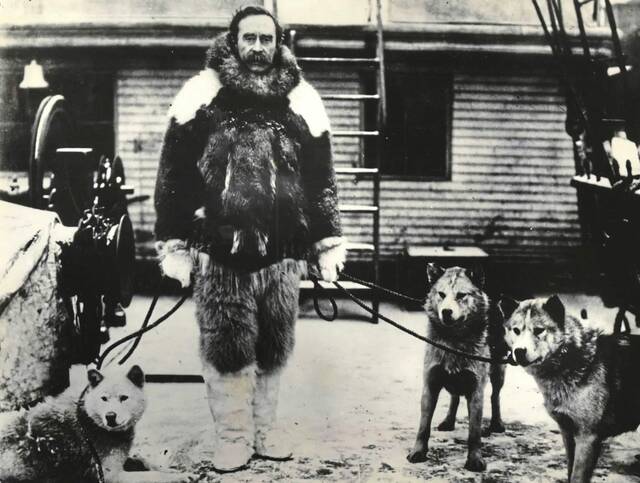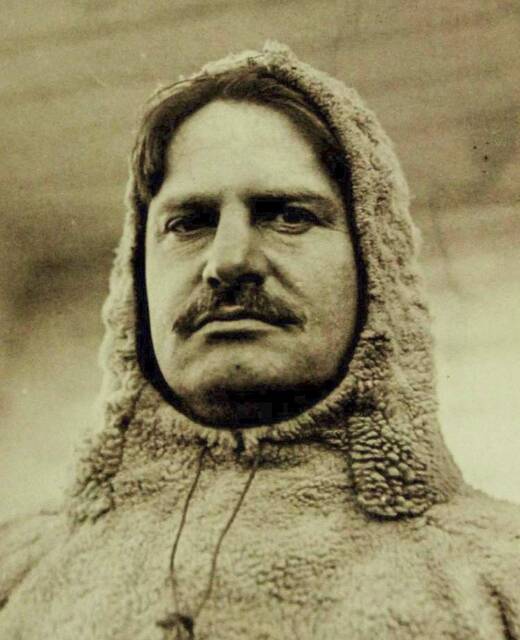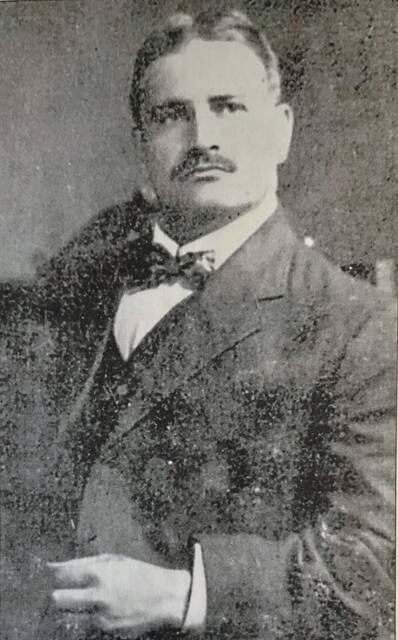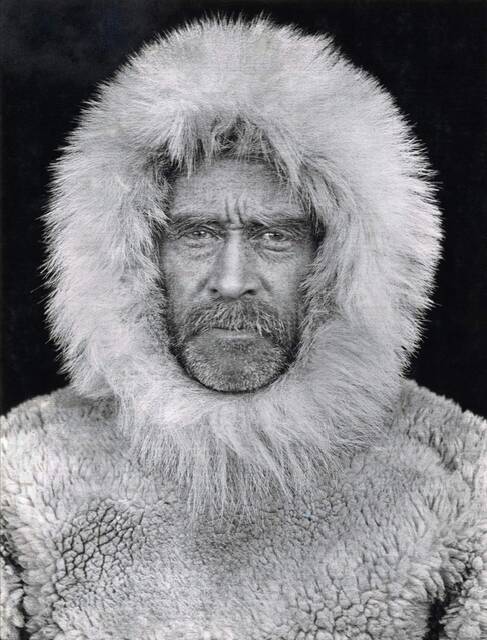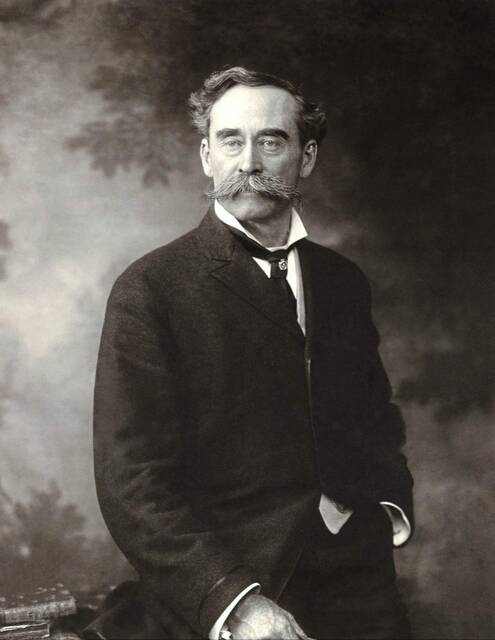Remember When: New Kensington doctor accompanied explorer on an expedition to the North Pole
In March 1907, famed Arctic explorer Cmdr. Robert E. Peary visited the Alle-Kiski Valley to give a lecture about his attempts to be the first to reach the North Pole.
Dr. John W. Goodsell was a member of the committee that brought Peary here and, upon meeting, they became good friends.
Goodsell was so inspired by Peary’s adventures that he volunteered to be part of the next attempt to reach the North Pole.
Peary, impressed by Goodsell’s credentials and enthusiasm, secured him a position as surgeon for the 1908 expedition.
Goodsell was born in Leechburg and, after completing his medical degree, settled in New Kensington and set up a practice on Fifth Avenue. His medical office was later moved to a house he shared with his aging mother on Ridge Avenue.
Peary had made seven trips to the Arctic before that 1907 expedition. On one of his trips, he proved that the area known as Greenland was, in fact, an island. He achieved the “Farthest North” record for Arctic travel among explorers and was given the prestigious Hubbard Medal, the National Geographic’s highest honor, for lifetime achievement in research, discovery and exploration.
His ultimate goal was to be known as the first man to reach the North Pole. Peary realized that because of the extremely harsh conditions experienced in Arctic travel and the fact that he was aging, he would only be able to make one final attempt.
On July 6, 1908, the expedition ship SS Roosevelt departed New York City with 22 men aboard. Upon reaching the Arctic, the Roosevelt was used as a base camp at Cape Sheridan for the next 315 days.
Goodsell traveled north with Peary for the initial part of the journey to the North Pole. He later turned back to attend to the medical needs of other expedition members and the Inuit supporting the drive north.
During this phase, Goodsell traveled 1,800 miles using dog sleds, including 500 miles during the monthslong darkness of the Arctic night.
Goodsell spent 105 days on the ice, 90 of which were on the march. The temperatures plummeted as low as 59 below zero.
While returning to the Roosevelt, Goodsell walked most of the way after turning his ankle on jagged ice. A number of the Inuit accompanying him also were injured and had to be left behind in an igloo to await rescue.
With the help of one Inuit and a sled, it took nearly six weeks before Goodsell could rescue the injured men and return them to safety of the ship. While Peary was pushing north toward the pole, Goodsell undertook several smaller expeditions collecting natural history specimens as well as visiting native communities to study their customs and resistance to disease.
Peary reached the North Pole on April 6, 1909, accompanied by an assistant, Matthew Henson, and four Inuit. After scouting ahead, Henson returned to Peary and greeted him by saying that he thought he was the first man to stand on top of the world. Peary was not pleased.
Goodsell returned to Pittsburgh on Columbus Day, Oct. 12, 1909. He was met at Union Station by a group of friends in automobiles who escorted him home to New Kensington.
The car containing Goodsell was decorated with a white frosted hood with a small statue of a pole painted to appear as ice with a small flag mounted on it.
Upon his arrival in New Kensington, Goodsell received a hero’s welcome and was taken on a parade, which included the surrounding communities of Arnold and Parnassus.
Following the parade, a reception was held for Goodsell at the New Kensington YMCA.
Goodsell brought back with him ivory Inuit artifacts, photographs, a sled, natural history specimens and two sled dogs.
In 1945, the former Secretary of the Navy, James Forrestal, presented Goodsell with a medal and citation that read “Outstanding service to the government of the United States in the field of science and for the cause of polar exploration” and “for exceptional fortitude, superb seamanship and fearless determination on the difficult and important mission.”
Goodsell died in November 1949 at age 76 in Sandy Lake, Mercer County.
A collection of his personal items and artifacts from his trip to the North Pole are housed in a museum in the Mercer County Historical Society.
A book has been written about Goodsell’s adventures in the Arctic. Titled “On Polar Trails,” it is available through the Mercer County Historical Society.
Remove the ads from your TribLIVE reading experience but still support the journalists who create the content with TribLIVE Ad-Free.

